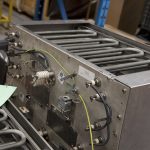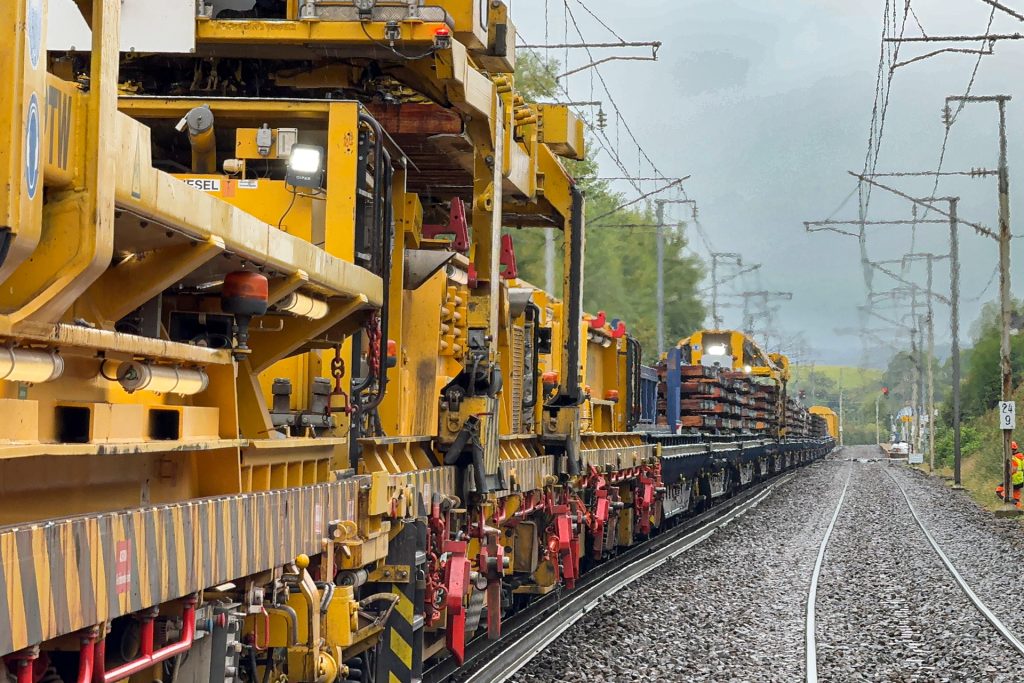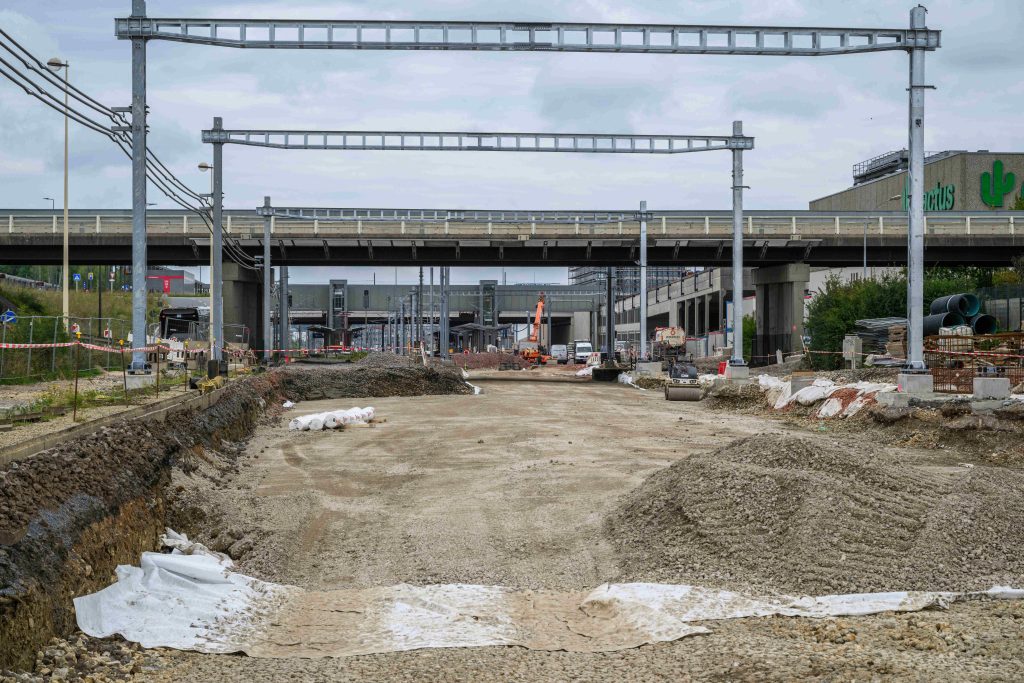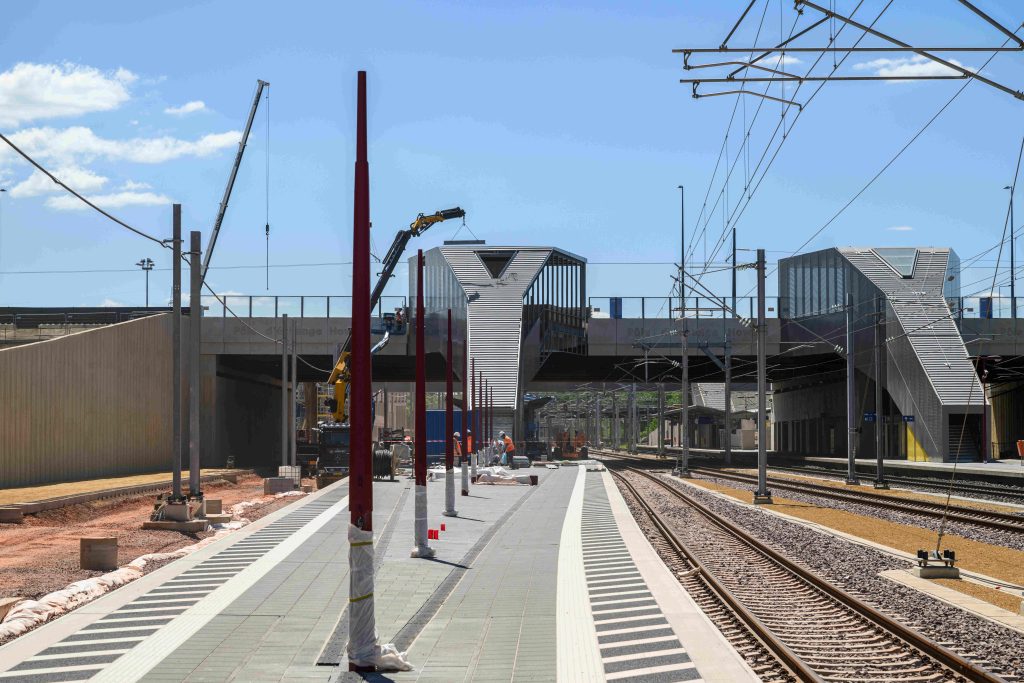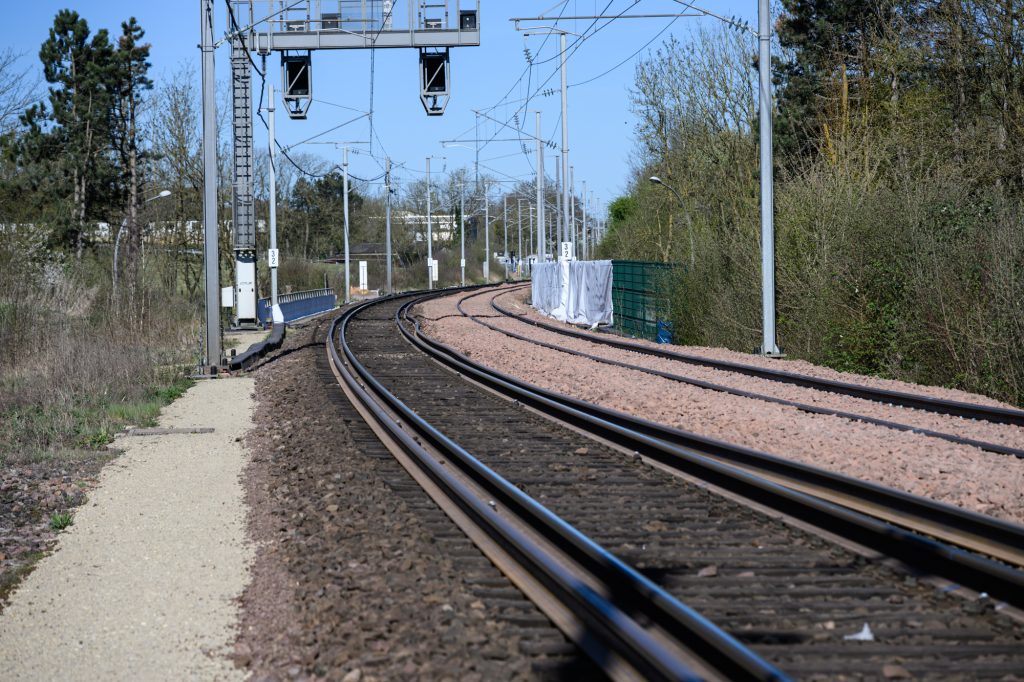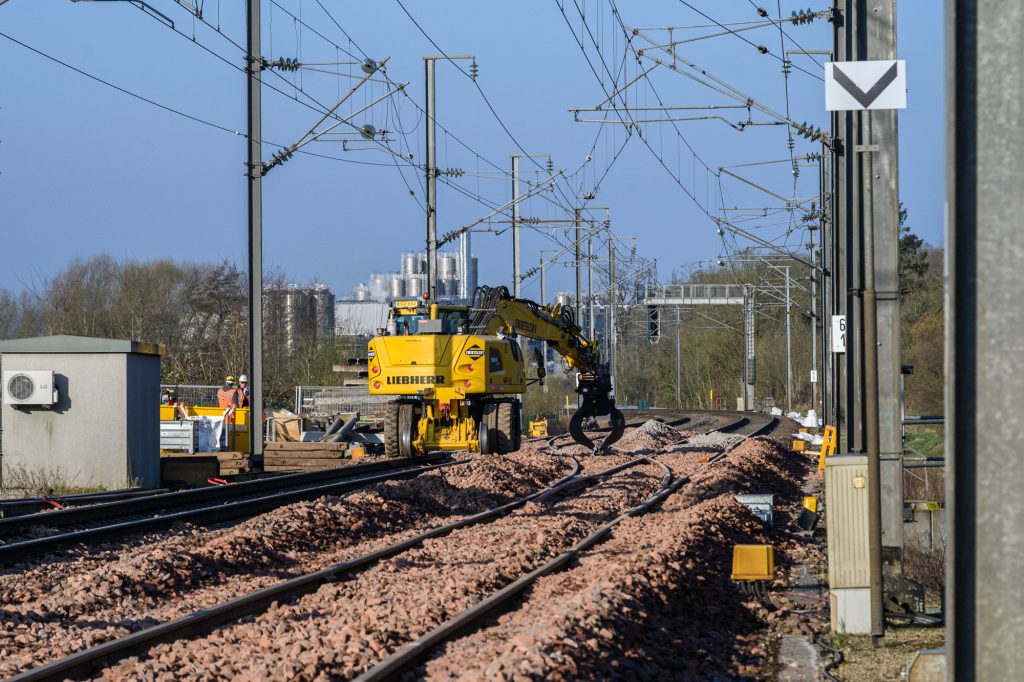
CFL gets ready for winter

We have all been there, haven’t we? When temperatures start to fall, it’s time for us to slowly but surely brace ourselves for the cold season. The CFL also prepare themselves for the onset of winter. And that doesn’t only apply to trains but equally to CFL infrastructures.
- The air conditioning modules of CFL’s rolling stock are serviced on a regular basis …
- … among others the so-called dampers that provide warm and clean air inside the train cabins.
- This task is among others entrusted to the trainee mecatronics technicians for refrigeration engineering.
- To defy cold and ice, the CFL relies on the help of a special winter service with over 60 people. These do not only provide clean and ice-free access to the trains, but are also on hold to provide help if a switch should be frozen.
Caring for rolling stock – much the same as for the car
Preparing the rolling stock properly for winter is not so different to getting the car ready for the cold season. To defy cold temperatures it is absolutely essential that the air conditioning plants, or to be more specific the integrated heating elements, function perfectly. The so-called dampers undergo regular maintenance with this in mind. Trainee mechatronics technicians for refrigeration engineering are just some of the employees charged with this task. The heating elements are very important for travel comfort. Provided they are in good working order and cleaned, they not only ensure a pleasant ambient temperature (on average 21 degrees Celsius) but are also free of germs, a source of unpleasant odours, and dust, the latter invaluable to allergy sufferers.
Another analogy to the care of our own cars is the proper lubrication of various liquid-tight joints. This type of maintenance work is especially important on doors in order to ensure that the sealing does not become brittle, otherwise the doors could end freezing up. It is also undertaken on the sealing of the rolling stock windshield. As with the car, anti-freeze is used by CFL on rolling stock during the winter months to allow a clear view at all times – safety first. Then, a squirt of silahydrocarbon oil into the locks also prevents accesses freezing up, for example to the locomotives.
The CFL winter service at stations/stops …
In order also to be able to guarantee safety at all times at the over 60 stations and stops of the Luxembourg rail network an on-call winter service manned by 60 employees operated specifically for the cold winter months ensures that accesses and platforms are clean and above all clear of ice. In addition to gritting, our employees also look out for icicles, for example on station canopies, which they remove at once.
… and on the rail infrastructure
The rail infrastructure also receives special attention in winter. Thanks to the points heating systems it is possible to prevent the track-pointing elements of the railway infrastructure from freezing up. In order that snow or ice patches do not result in the switch blade (find more about the composition of points/switches here), i.e. the mobile element of the point switch, freezing solid on the stock rail, the latter is heated in wintry conditions. As not all point switches have access to such heating, employees of the on-call winter service respond quickly when required to remove any ice formed on site.
Due to low temperatures, the iron rails, a very good heat and cold conductor, may also be subject to greater tensile stress. With this in mind, the rail behaviour is constantly monitored over the winter months, in other words in low temperatures.

